Method
Visualizing microplastic pollution
An integral part of every expedition of The Ocean Movement is doing research on microplastics. Through this research, we show the expedition members that small plastic fragments can be found in almost all seemingly clean water. This shows that the problem is much bigger than just the larger bottles and bags that we can see floating around. We have been examining the North-West European waters since 2016 and took more than 100 samples. We keep searching for ways to expand our research and gain more knowledge on plastic pollution.
Sampling of plastic fragments
The sampling of plastic fragments is done with a Manta Trawl. This is a system consisting of two wings that float on the surface of the water. The system has a wide mouth with a net attached to it through which the water flows and collects everything in the top layer. The design is inspired by the manta ray (giant manta), a large ray species that feeds on mainly plankton by swimming with its mouth wide open. The Manta trawl basically does the same thing; it filters the upper 15 cm of the water column with a net with a mesh size of 300 micrometers (0.3 millimeters). All particles are collected in the end of the net, the so-called Cod end. After the trawl has been towed next to the ship for 30 minutes, it is taken inboard for further analysis. The collected material is sieved, sorted and recorded.
Finally, the concentration of plastic particles in the water is calculated on the basis of the items found per trawl and the amount of water filtered during the trawl, measured with a flowmeter. All this is done according to the globally standardized protocol drawn up by the 5Gyres institute that is freely accessible.
The SUP-Trawl
During our year of research we learned that we also need to look upstream. Therefore we are trying to bring our research closer to the source. Together with Waterlab and Stichting Techniekmenu we are experimenting with a “Do-it-yourself” SUP Trawl that is small and light enough to take with you on a SUP or Kayak. This way we can explore also the smaller waterways that can not be reached with sailing ships and examine the presences of microplastic in the inland waters. Last Wednesday we have successfully tested the SUP Trawl (see the pictures). We will use the DIY-SUP Trawl during the 4-day Vliet Clean SUP with children between 10-15 years old. For this project, The Ocean Movement collaborates with Rijkswaterstaat. More about the Vliet Clean SUP. More information about how to built one and how to do the research will follow after the expedition.
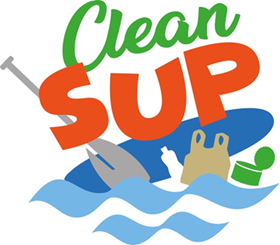



Citizen science
The protocol we use is specially designed for citizen science. Citizen science is generally seen as low-tech research conducted by ‘non-scientists’. Because our expedition members carry out the research themselves, they gain insight and understanding into scientific methods and see the pollution with their own eyes. In addition, they contribute directly to research into plastic pollution during the expedition by collecting more information on this problem. This provides real understanding and ownership of the problem which empowers them to tackle the problem of plastic pollution.






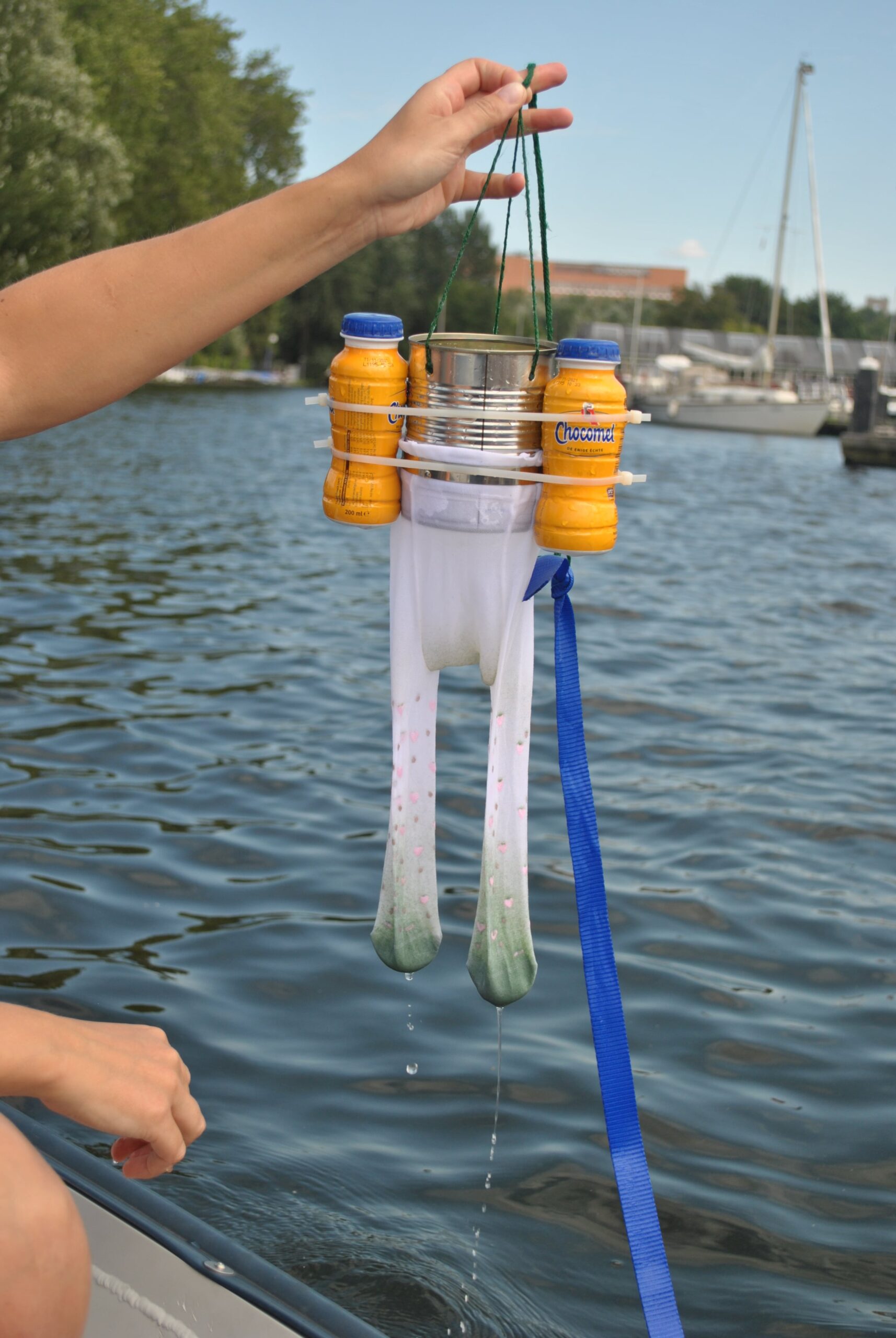
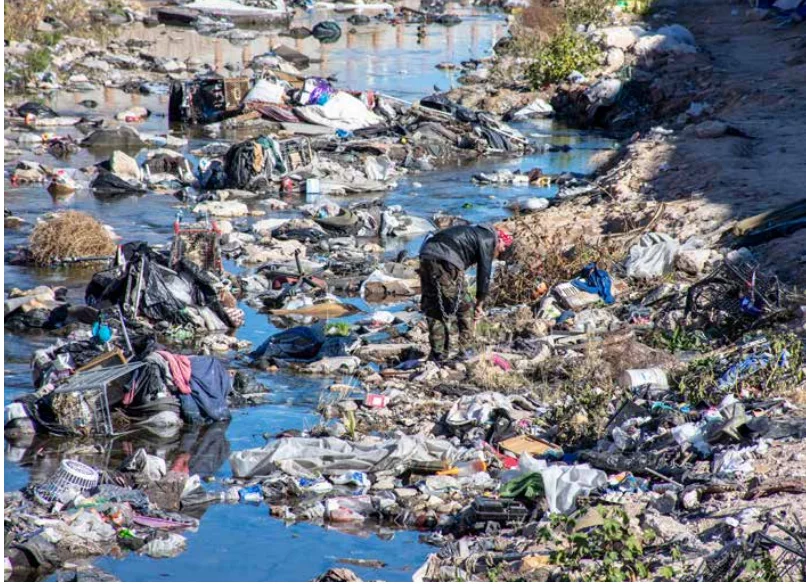
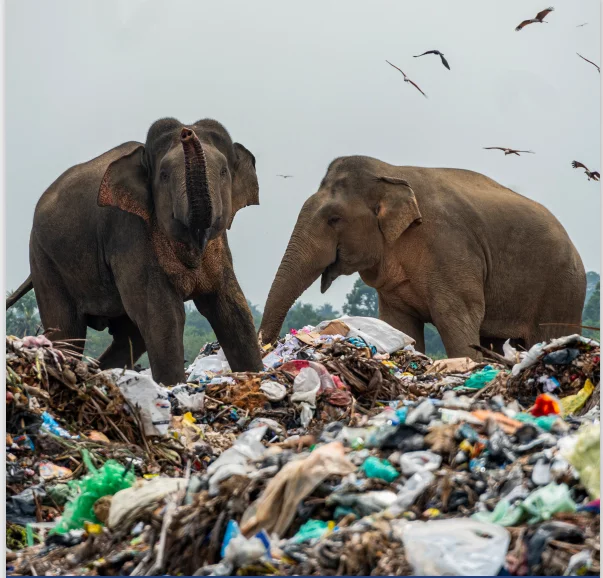
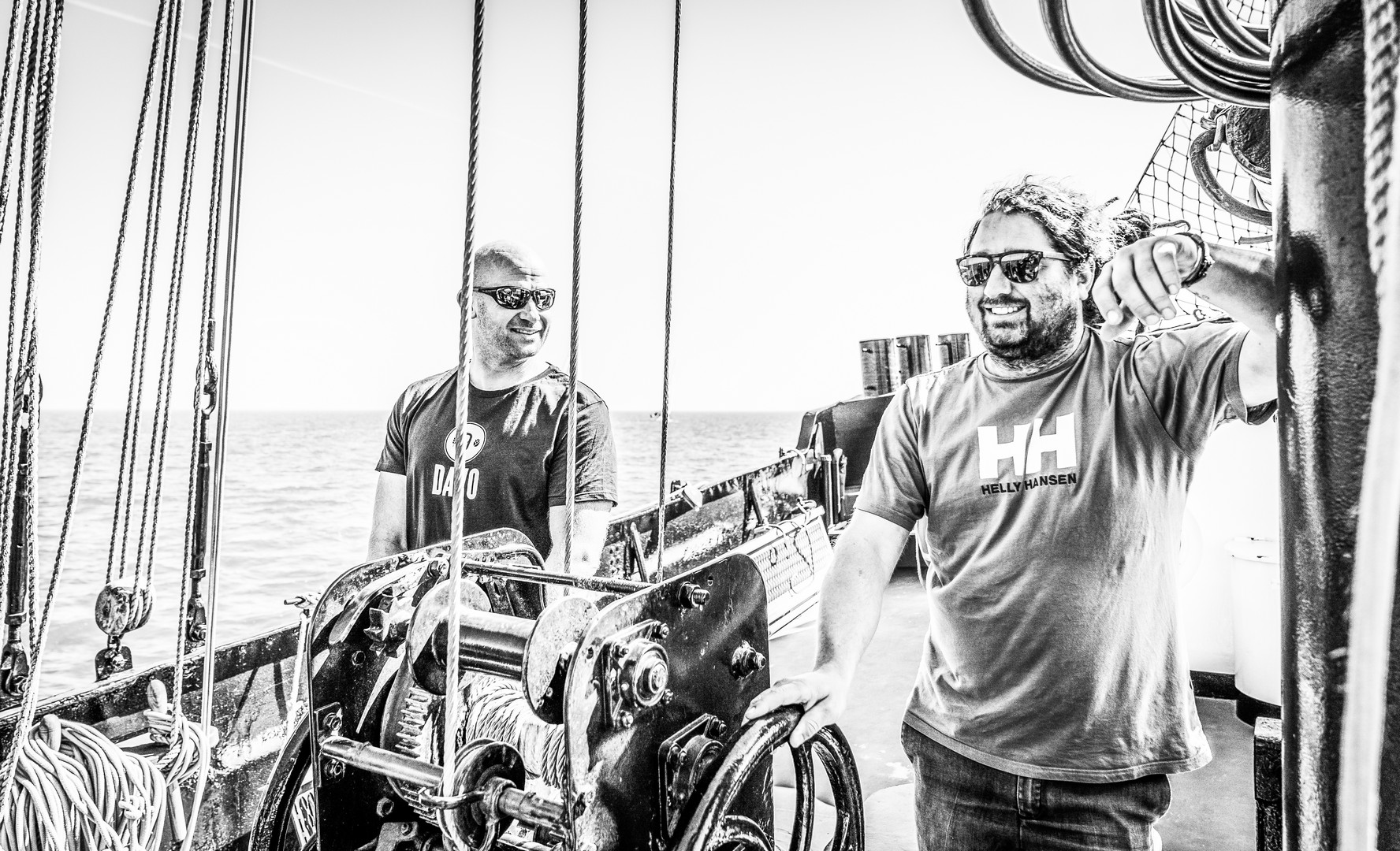
Share this post: